Rules for autumn pruning of currants for beginner gardeners
Autumn is coming, the time for pruning currants, and the novice gardener does not know whether to trim the bushes and, if so, how to do it correctly. If the plants look young and not too overgrown, the summer resident may decide that in this form they will live well until next year. This opinion is wrong. Bushes develop very quickly, and it will become much more difficult to deal with dense thickets in the coming season. In order to carry out the procedure correctly, you need to understand what kind of pruning white, black and red currants require.
To cut or not to cut
In the forests there are bushes of wild currants, strewn with a huge number of berries. No one cuts them, does not water them, does not feed them, but the berries live and bear fruit. You can plant a shrub on your site in the same way, do not care for it and collect a poor small crop. In this case, it is better to dig out wild seedlings, they are more adapted to life in extreme situations. Breeders develop varieties with different fruit sizes and taste. Cultivated species require special conditions, without pruning and proper care, they will run wild and lose varietal characteristics.
The richest harvest grows on last year's shoots. Older branches will yield fewer berries and eventually stop bearing fruit altogether. Young shoots need a lot of strength to grow large, sweet berries. When the crown is too thick, sunlight does not enter the bush, the air stagnates, and harmful microorganisms multiply in it. Perennial branches give a meager harvest, and require a lot of nutrition. The root system supplies the bush with all the necessary components that are spent on supporting the sick, starting to die branches.
Planting new plants is a tricky business, and in the early years you will have few currant berries. Rejuvenate your plants and they will bear fruit for up to 50 years. So that the bush does not age longer, remove the outdated branches in time. Nutrients rush down the trunks, awakening leaves and buds. If the old shoot is cut off, the juice looks for another way out, fills dormant buds, from which young shoots develop. Next year, they will give you a rich harvest of large berries, which will become sweet in the sun.
When is the best time to prune bushes?
The first pruning should be done immediately after planting the bushes. Shorten all shoots. On strong branches, no more than 4 buds should remain above the ground. The worse the shoot is developed, the lower the stump should be left. Do not worry that there is almost nothing left of the plant, in the spring you will still be surprised at how actively the crown begins to develop. Experienced gardeners sometimes neglect this operation, but if you are just starting to plant a garden, learn to do it right. When you begin to understand the needs of the plants, you can skip some stage, but at the beginning of the development of the site it is better to adhere to all recommendations.
In the spring, you need to carefully examine all the bushes. Snow could break branches, some shoots died from severe frosts. Arm yourself with a pruner and tidy up the bush before the buds swell. Remove non-viable and damaged fragments before harmful insects take a liking to them. Treat all wounds with garden varnish. Take a closer look at the kidneys - if they have an unusual appearance, it means that a pest has settled inside. Cut and burn the infected parts until the larvae hatch from the eggs.
In the fall, you need to inspect the plant again and remove all damaged fragments. At this time, the rejuvenation of the old bush and the thinning of the crown are carried out.It is better to destroy the branches that grow near the ground: from dampness and poor lighting they get sick in the first place. Don't let the bush grow too thick. On an adult, well-developed plant, leave about 15 branches, they will give you more yield than 30 weak shoots.
Advice
Do not rush to start work; in an active state, currants tolerate a haircut worse. Wait until the bush goes into hibernation, then the autumn pruning will pass unnoticed for him.
Basic rules for cutting currants
If you want to shorten the shoot, do it in the most gentle way possible. If the cut passes next to the kidney, you can injure it during work - the embryo will dry out and will not release the shoot. Step back about a centimeter upward and remove the extra fragment. It is also undesirable to leave a too large shoot: it will dry out and serve as a breeding ground for infection.
A straight cut encourages branch rot. Place the knife at a 45⁰ angle to the shoot. The tool must be sharp, dull blades crush and injure tissue. If the work is done correctly, smooth, even wood without roughness, cracks or chips is visible at the site of the operation. Correct pruning of black currants minimizes damage to the plant and it recovers quickly.
When cutting, you need to take into account the type of plant. Red and white currants require more light than black currants. When pruning, you should remove the fragments that shade the bush. But the rejuvenation of white and red currants is carried out less often. In the summer, watch the branches and in the fall, cut only those shoots that are no longer bearing fruit (usually branches over 7 years old).
Quality tools and materials
In order for the care of berry bushes to be beneficial to the garden, and to you in a good mood, you need to stock up on a set of quality tools. A kitchen knife is not suitable for cutting shoots, its blade will not give an even cut without cracks and chips, and thin steel can break with great effort.
In the gardening departments you can find all sorts of tools, basically you need 6 things:
- secateurs;
- a hacksaw with fine teeth;
- lopper;
- garden knife;
- brush cutter;
- garden var or special putty for processing sections.
All cutting surfaces must be well sharpened. The sharpness of the secateurs can be tested by cutting the wet paper with it. A good tool will leave smooth edges without wrinkled areas or torn pieces.
Advice
Don't skimp on buying garden equipment. Cheap knives and pruning shears are usually made of poor steel, they will instantly dull, and you will have to constantly interrupt your work to sharpen the blades.
If the tools are never washed, both sick and healthy shoots are cut with the same knife without disinfection, it is possible to infect all bushes from a single old branch in one season. After removing the diseased fragments, wash and disinfect all knives, sectors, saws, and at the same time gloves. It is better to carry out this procedure after processing each plant: you may not see the infection that has appeared, and microorganisms will spread throughout the garden.
In some sources it is recommended to cover the sections with oil paint, plasticine, and many other materials at hand. Perhaps, such an operation will not harm the bush, but it is better not to apply funds not intended for this purpose on open wounds. Buy a garden varnish or special putty. These drugs include substances that prevent decay and penetration of infection into tissues. Under the protective layer, the scar will quickly heal and the bush will be healthy.
How to carry out autumn pruning?
After you have carried out a sanitary mowing of the bush and rid it of sick and dried fragments, proceed to clearing the crown. For black currants, it is advisable to remove all branches older than 3 years. If a young shoot developed poorly and grew no higher than 20 cm over the summer, it is better to get rid of it, there will be no good harvest.In red and white varieties, the branches bear fruit longer - remove only those shoots that no longer produce berries or strongly shade the crown.
Advice
The age of a branch can be determined by the color of the bark. In young shoots, the color is light, and every year it becomes darker.
For novice gardeners, sometimes this work seems very difficult, since beginners are confused in the order of operations. It is not difficult to organize the process correctly, and you will not need to rush from bush to bush, remembering that some work was not completed.
The trimming pattern is easy to remember, and everything will go in the right order if you carry out the procedure step by step.
- Remove any diseased, broken, or dead branches.
- Remove the shoots that have grown this year to the bottom, leaving no more than 5 young branches.
- Cut old shoots that are over 5 years old for black currants and over 9 for red and white varieties.
- Cut off the branches that cover the middle of the bush from the sun.
- Shorten the tops and all branches by about 15 cm, after this operation the next year new shoots will develop from the buds.
Do not throw cut wood under a bush, as it attracts pests and infects. Do not leave fallen leaves under the plants - insect larvae have already settled in them for the winter. Collect all the trash: broken stakes, rotted bush fences. Immediately burn all the waste, in this way you will do 2 work at a time: you will both trim the bushes and put things in order on the site.
Pruning is necessary for all garden plants, otherwise, after a few years, an impenetrable jungle is formed on the site, affected by pests and diseases. Blackcurrant branches can live up to 15 years, although their fruiting stops in the sixth year, then the old fragments only shade the bush and take away nutrients from young shoots. Deprived of the sun and food, the fruits will be small and tasteless. Correct pruning of currants will make the plantings neat, new strong branches will form a good crown. The plantings will become comfortable to live, and they will be covered with a large number of large sweet berries.
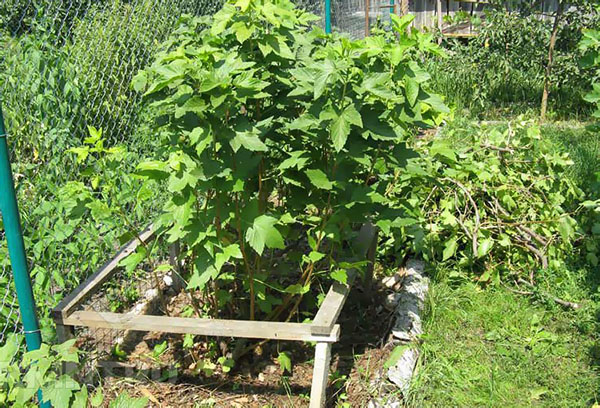
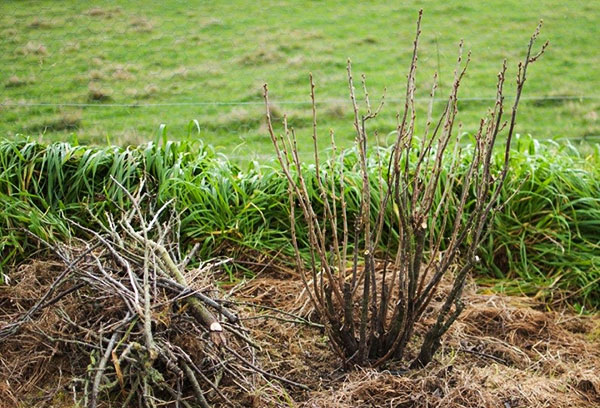
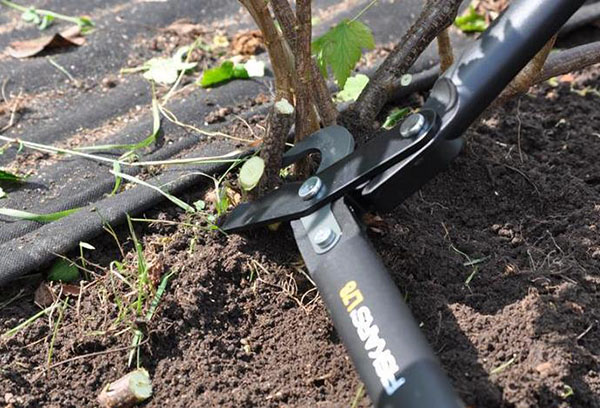
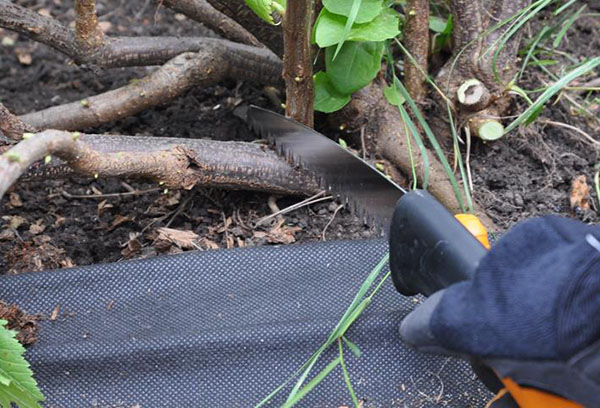
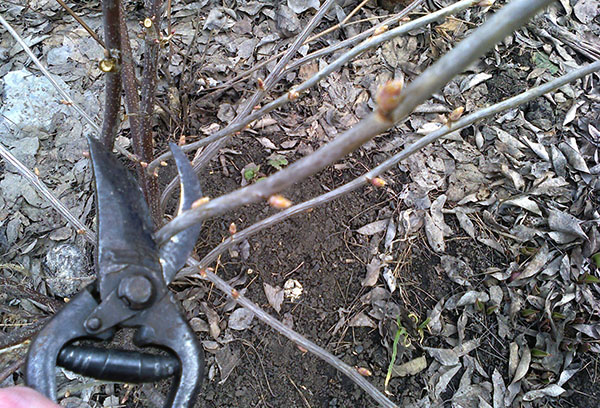
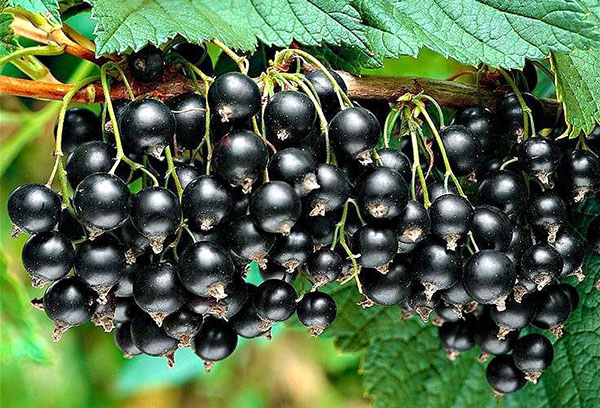
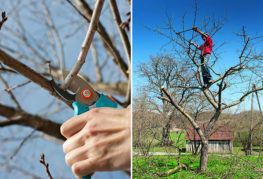

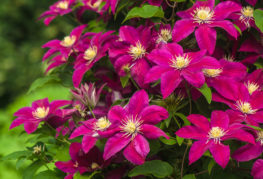

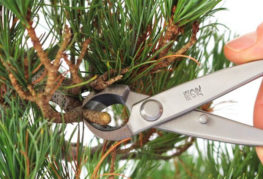
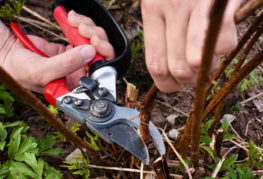
and will be published shortly.